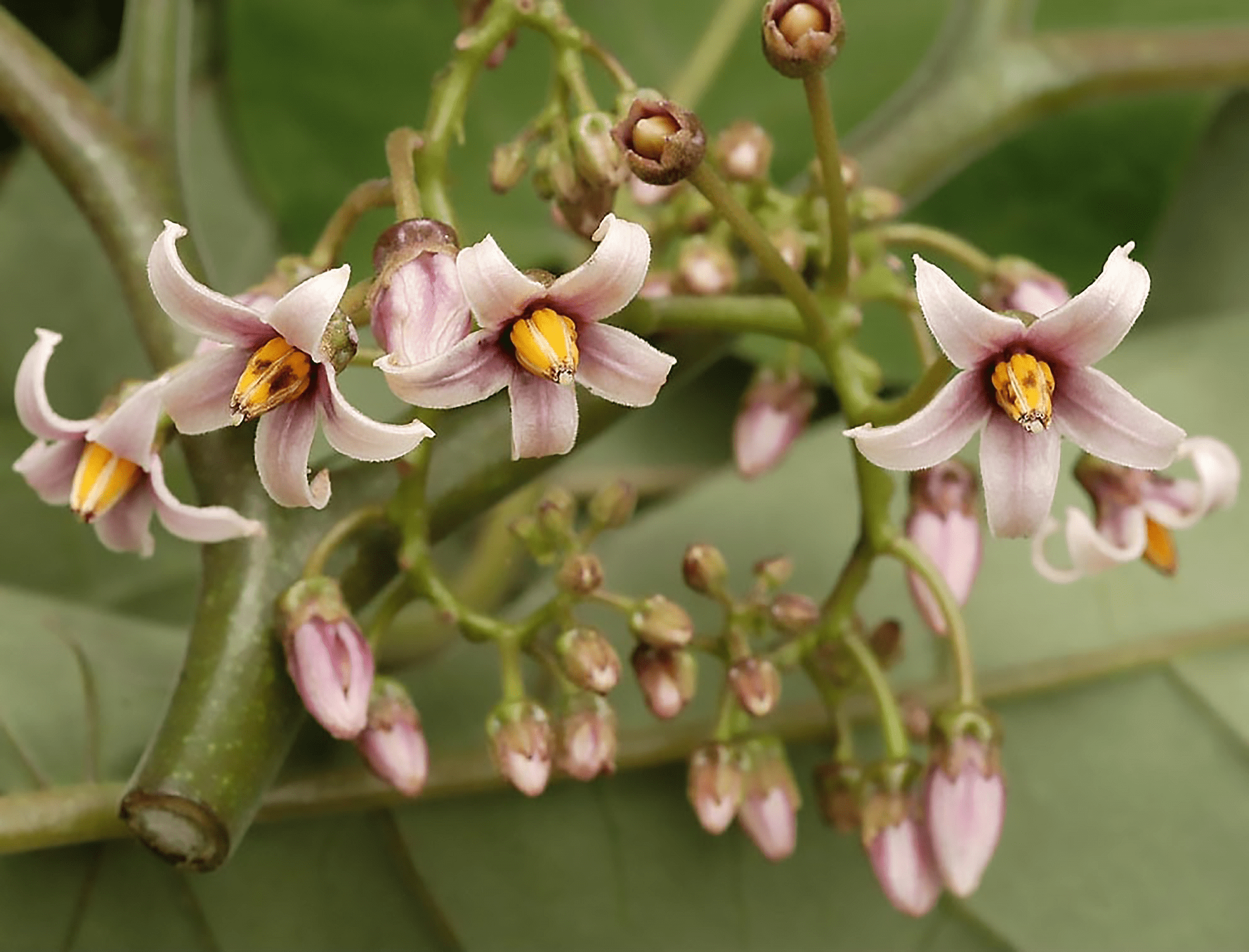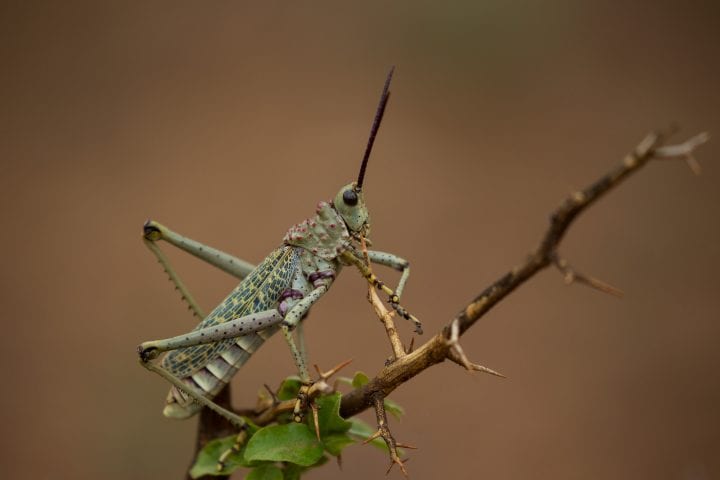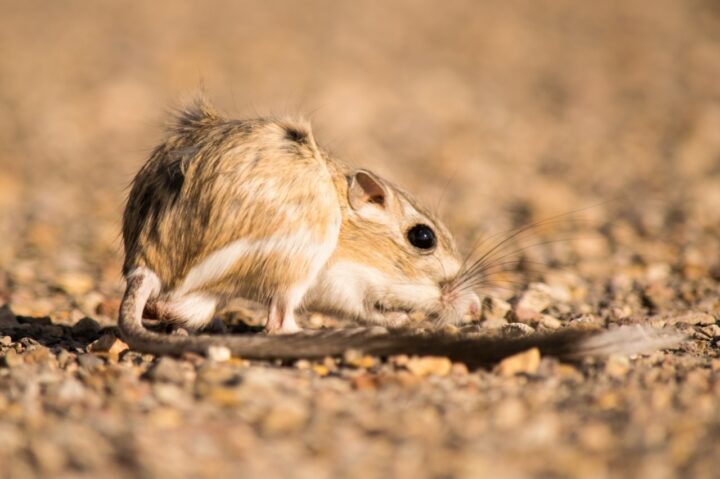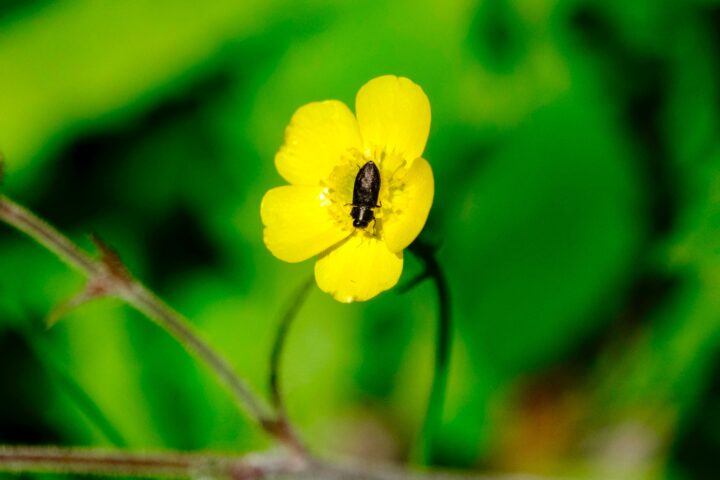The glandular hairs on wild potato plants expel a pheromone that mimics the alarm pheromone of their aphid predators
Introduction
In the never-ending give-and-take between plants and the organisms that feed on them, many have evolved sophisticated methods of deceiving their attackers. The wild potato (Solanum berthaultii), native to Bolivia, defends itself from aphids by emitting a pheromone that mimics the insects’ own alarm pheromone, thereby distracting the insects with a false danger.
The Strategy
When attacked by predators, aphids emit a chemical signal that acts as an alarm to other aphids nearby, giving them a head start to flee from the area. The wild potato has adapted to put this behavior to work as a defense of its own. Potato plants expel a pheromone similar enough to the aphid alarm pheromone to have the same effect, causing the destructive insects to disperse. The aphids keep a distance of 1-3 mm. Even entire colonies that have already settled on the plant take off when exposed to this pheromone mimic.
The wild potato’s defense pheromone is released from two types of tiny hairs on its leaves and stems: the type A hairs, which are shorter and rupture when touched to expel the pheromone, and the type B hairs, which form drops of the pheromone at their tips.
Having both types of hairs is to the wild potato’s benefit, as the type A hairs trap aphids with their fast-shooting pheromone fluid while the type B hairs get entangled with aphids. The movement from struggling aphids caught in type B hairs leads to more type A hairs rupturing and releasing more of the pheromone.
The wild potato’s pheromone works because it contains (E)-β-farnesene—the main component of the alarm pheromone for many aphid species. It’s likely that the type B hairs on the wild potato plant are the principal source of this chemical compound.
The Potential
The cultivated potato, a major food crop, is also fed on by aphids, but unlike its wild relative, it doesn’t have its own pheromone mimic to protect itself. Incorporating the wild potato’s pheromone mimic in pesticides for cultivated potato plants could protect this food staple from aphids (and the viruses they carry), and improve crop production.
It is worth conducting research on how the wild potato’s glandular hairs release (E)-β-farnesene as well, since it is an unstable and highly volatile compound that dissipates quickly. In addition to giving the cultivated potato and other crop plants the protection afforded by (E)-β-farnesene as a natural pesticide, this research could inform the development of technologies for dispersing (E)-β-farnesene so that its effects are longer-lasting.








